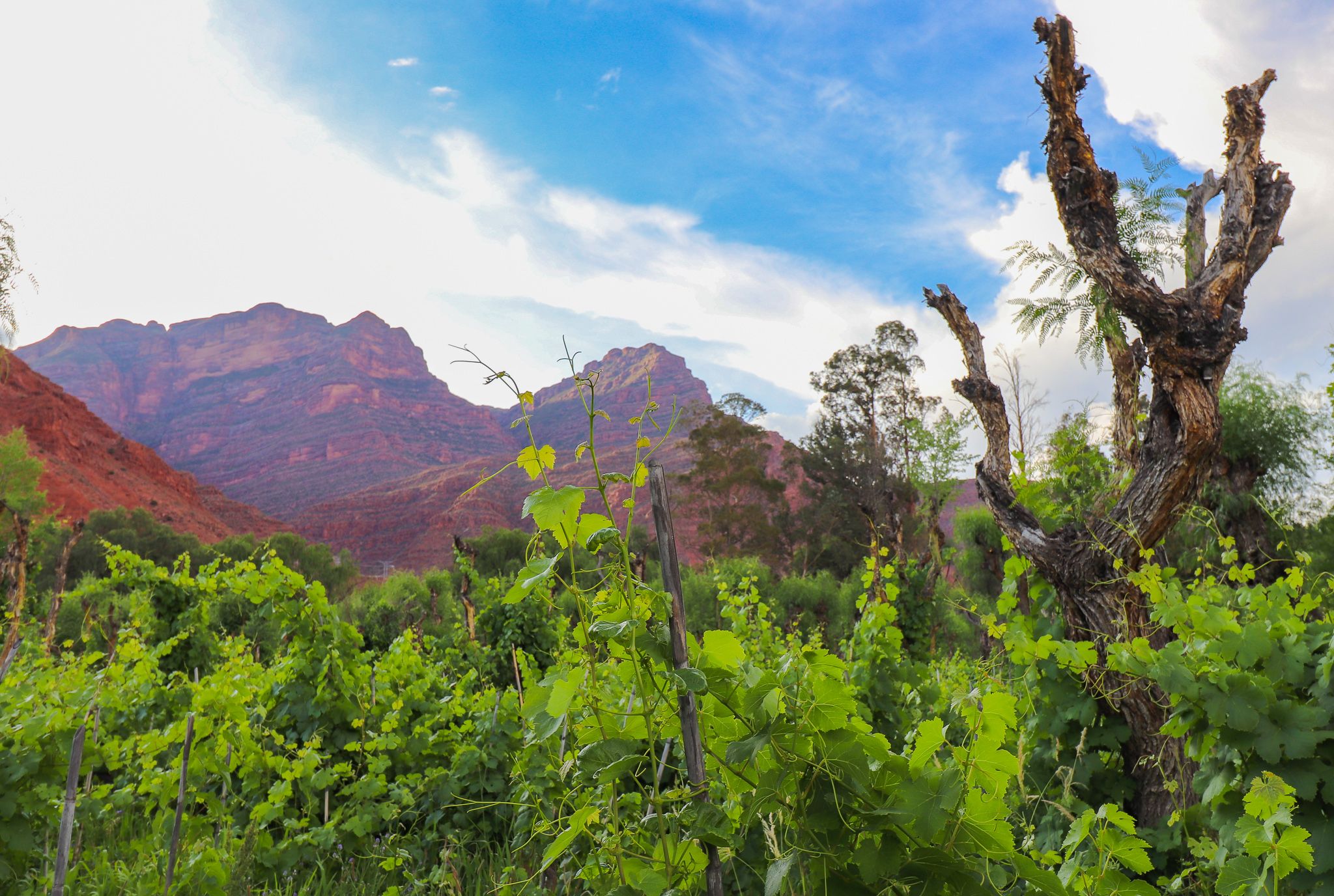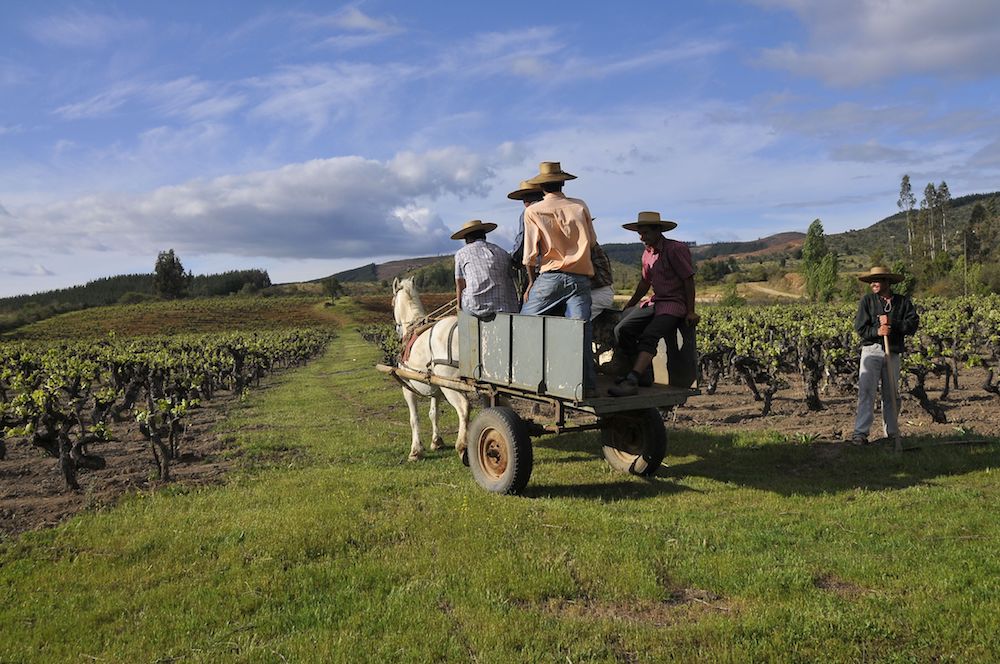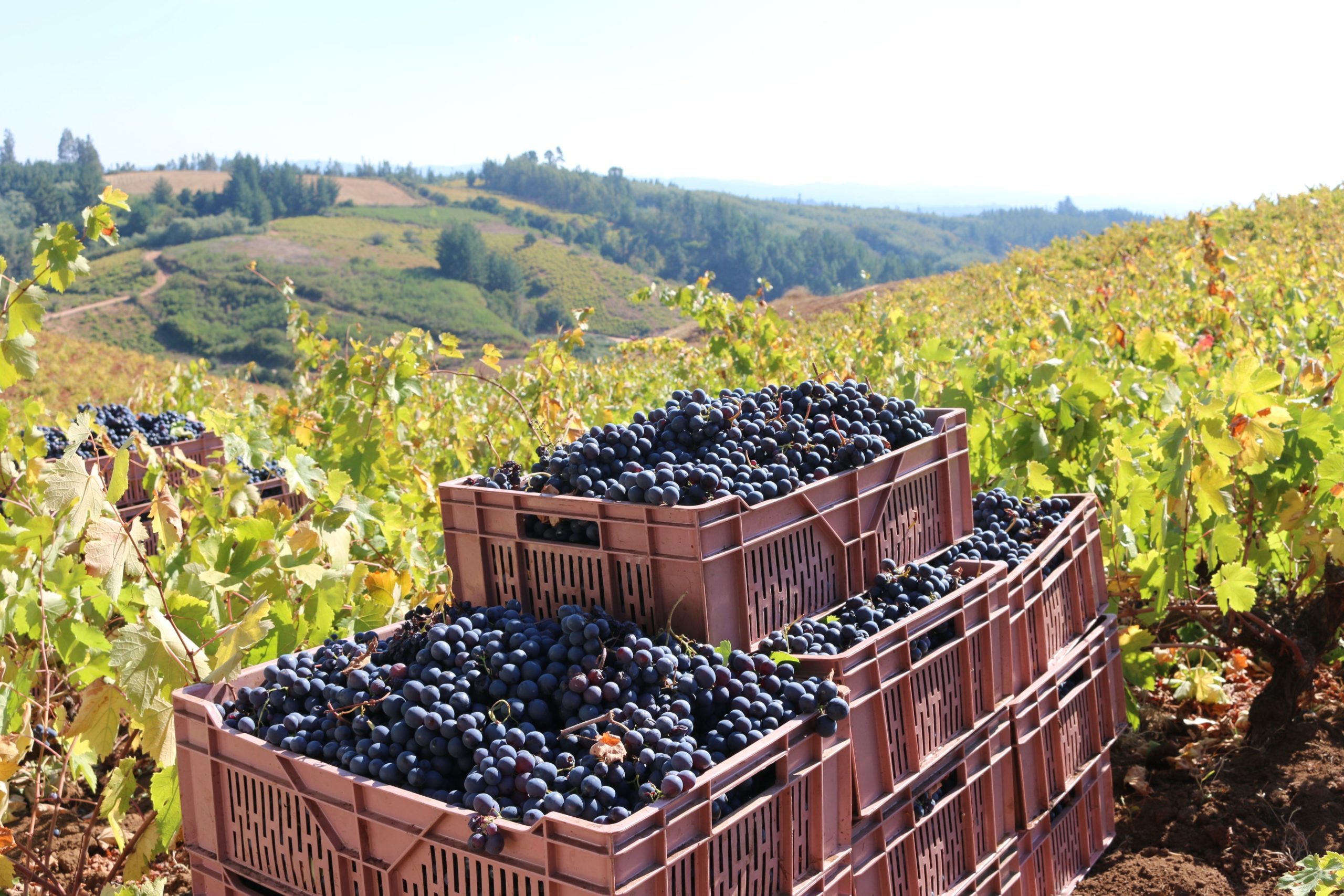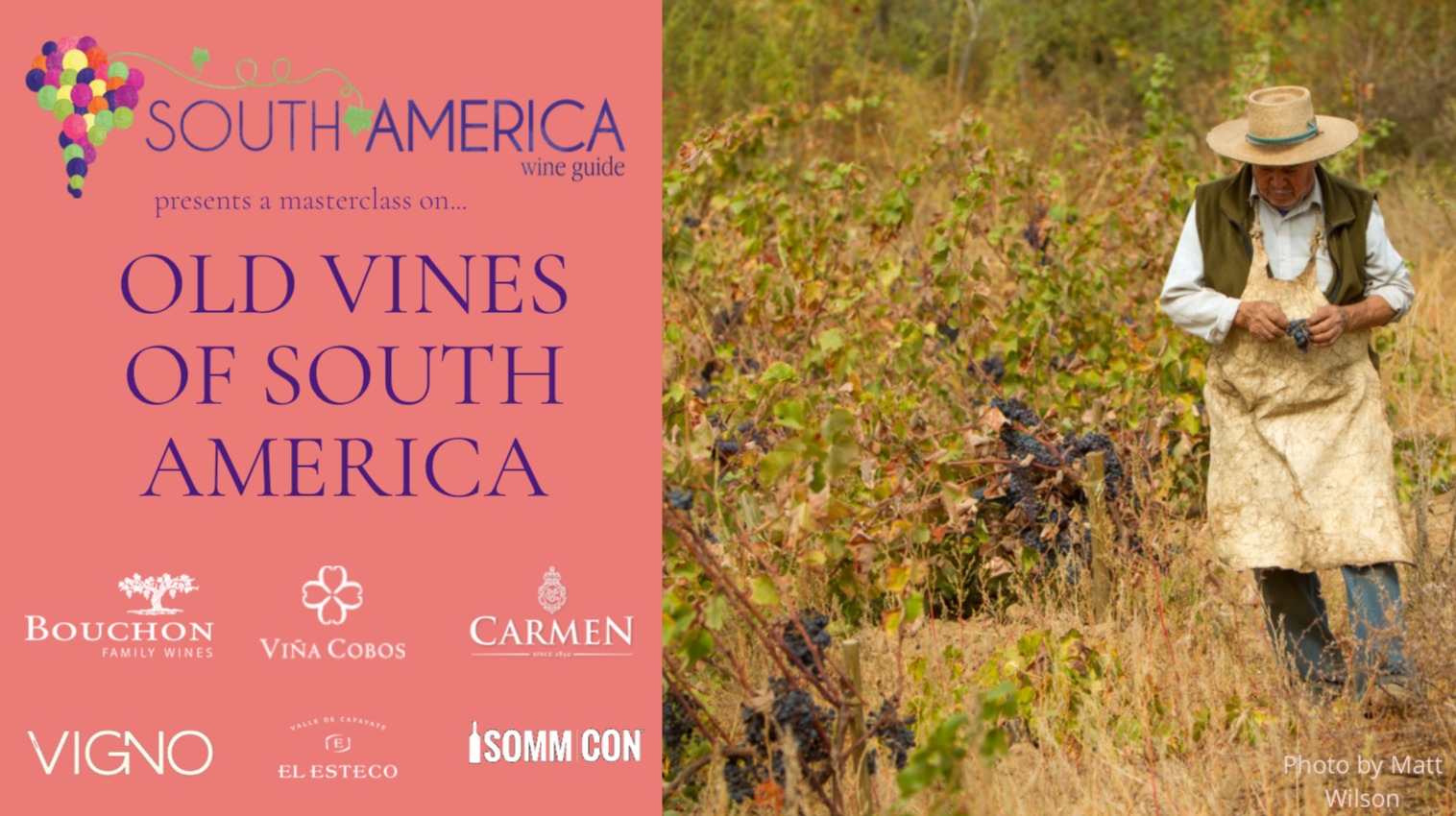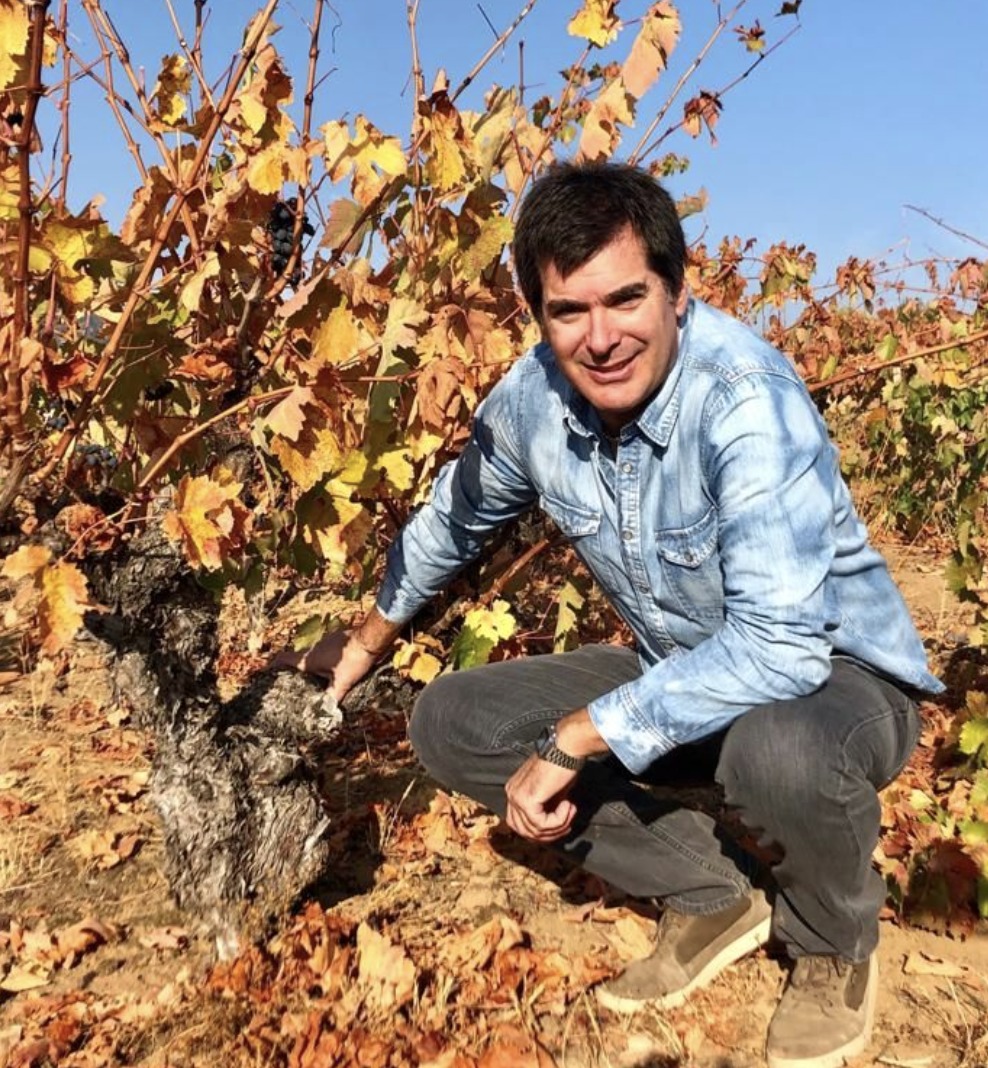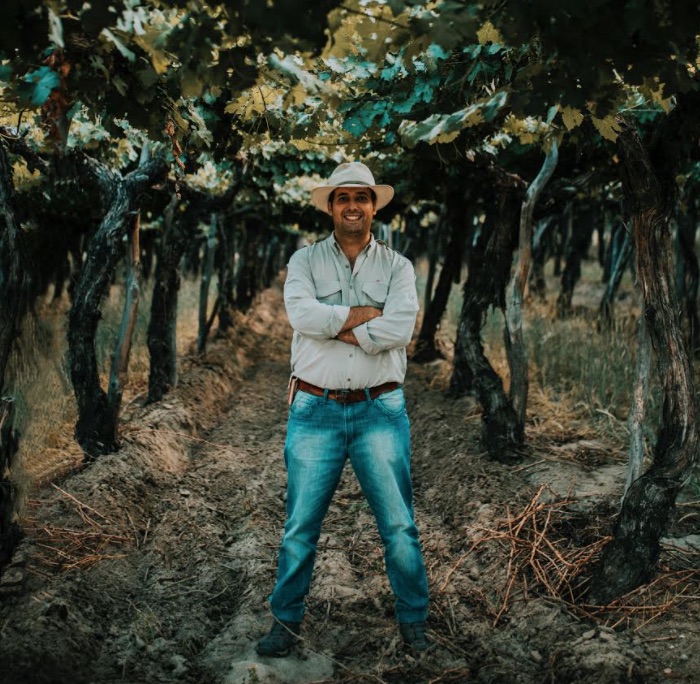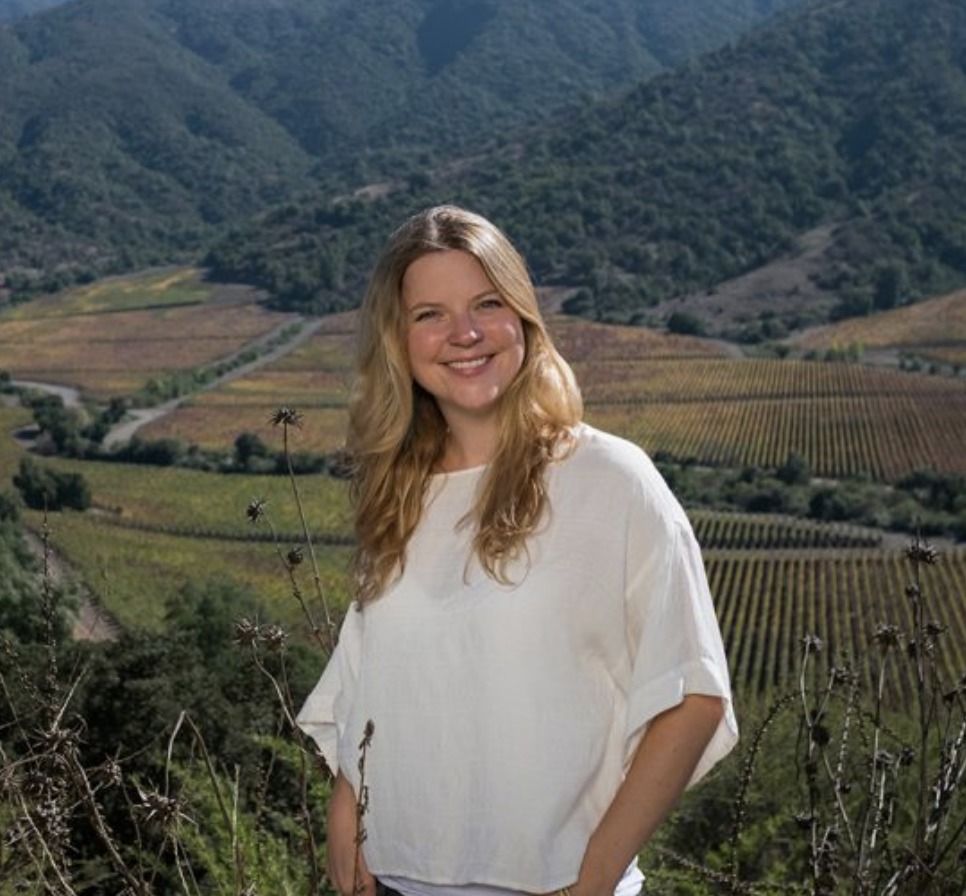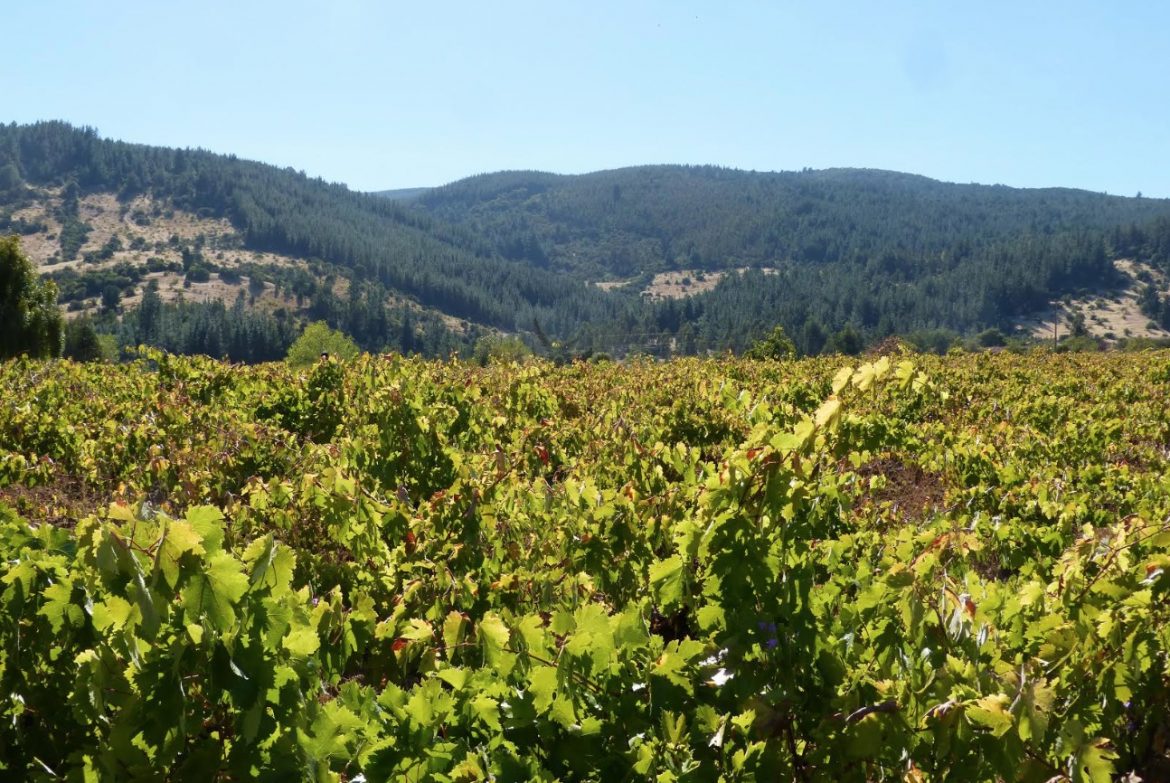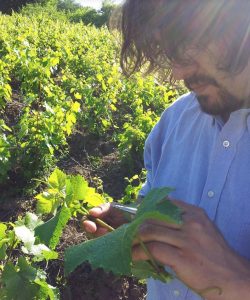Cinti Valley in Bolivia is one of the world’s most memorable wine regions: where vines grow up trees and are often well over 200 years old. It’s a stunning wine region in western Bolivia and a key part of the history of Bolivian wine as well as its future.
Overview of Cinti Valley
A Guide to Cinti Valley
Sub-Regions in Cinti Valley
Best Wines from Cinti Valley
Visiting Cinti Valley
Nowadays Cinti feels like the wild west of Bolivian wine production — isolated and untamed. But for over four centuries this historic valley was one of the heartlands of Bolivian wine and an important supplier for the thirsty miners of Potosí.
A natural oasis in the high-altitude desert plains, the Cinti Valley spans about 80 km in length by up to 5 km in width and is protected on either side by steep cliffs. The Cinti Valley is a canyon, created by an ancient fault line. To the west lie iron-rich red soils that are so colourful that this area was baptised El Cañon Colorado (“the colourful canyon”). On the eastern side, there are lighter-coloured soils with a mixture of calcareous, clay and sandy material. Two rivers run through the centre of the canyon — Río Grande and Río Chica — and vineyards are planted on the banks of both, and on both types of soils.
Although now three hours by road from both Potosí and Tarija, the Cinti Valley actually feels a whole world away from anywhere. It was only in the last decade that paved roads made their way here and so development has been blissfully subdued. From either direction, you pass through barren and wind-battered scrublands, where cacti, peppercorn trees and abandoned huts that once sheltered shepherds are the only signs of life until you reach the colourful canyon of the Cinti Valley.
It’s easy to see why this glowing ravine with its fresh mountain water became the weekend home of Potosí’s elite, a green idyll for the wealthy mine owners. Not only was the climate suitable for growing fruit and vegetables, but the clean air, moderate temperatures and lower altitude made it a wonderful respite from the harsh reality of the mining city.
In fact, the name Cinti is said to have originated from its curative properties. Many children died at birth in Potosí and so many women were sent to Cinti while they were ‘encinta’ (pregnant), so they could give birth there. Young children or anyone under the weather were also sent to the valley, where miracles were said to happen. A retreat to Cinti was often the doctor’s orders, and a glass of wine no doubt helped the medicine go down.
